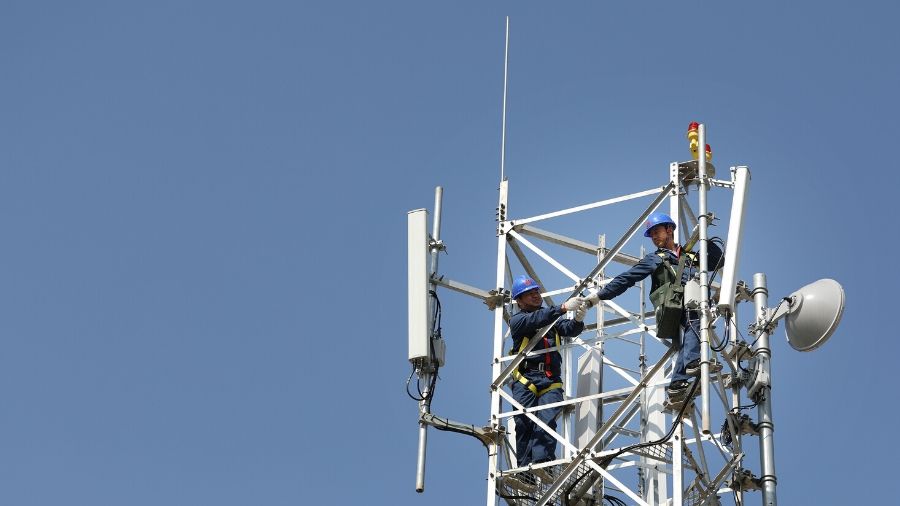5G really is safe, scientists say
International body spends seven years mulling over the evidence

The frequencies used to power 5G services are safe, new international guidelines have declared, hopefully dispelling claims by campaigners that the next generation networks represent a threat to public health.
The International Commission on Non‐Ionizing Radiation Protection (ICNIRP) has been working on new guidance for the past seven years and says the new recommendations provide improved protection for humans exposed to radio electromagnetic fields (EMF).
The previous “conservative” guidelines had been devised in 1998 and the ICNIRP said they would still have been adequate for 5G. However it adds that updated guidance will provide additional assurances. The main changes concern frequencies above 6Hz – airwaves that will be used to power high capacity 5G.
- 5G protests show history is repeating itself
- 5G in the UK: everything you need to know
- ASA 'bans' unscientific anti-5G ad
5G frequencies
“We know parts of the community are concerned about the safety of 5G and we hope the updated guidelines will help put people at ease,” said ICNIRP Chairman Dr Eric van Rongen. “The guidelines have been developed after a thorough review of all relevant scientific literature, scientific workshops and an extensive public consultation process. They provide protection against all scientifically substantiated adverse health effects due to EMF exposure in the 100 kHz to 300 GHz range.”
Other changes from 1998 document are that the new guidance contains specific provisions for whole or partial body exposure and for limited exposure. The guidelines also include greater transparency to make the logic and scientific basis of the findings easier to communicate.
“The most important thing for people to remember is that 5G technologies will not be able to cause harm when these new guidelines are adhered to,” added van Rongen.”
The advice of the ICNIRP echo those of UK regulator Ofcom, whose latest round of spectrum testing shows that 5G networks do not pose a health risk to the public.
Sign up to the TechRadar Pro newsletter to get all the top news, opinion, features and guidance your business needs to succeed!
It remains to be seen whether anti-5G campaigners will be convinced by the findings given the apparent disregard for other academic and scientific studies. Campaigners argue the higher band frequencies and denser network architecture of 5G mean that radiation will be amplified.
They argue this this will result in a range of health problems, such as concern, and have urged local authorities and operators to cease rollout until further tests have been conducted. This is despite the fact that the entire body of research available refutes these claims, while World Health Organisation (WHO) recommendations are that 5G is safe.
There have also been instances of disinformation and fake news. In the UK, charity Electrosensitivity-UK ran a campaign in the summer of last year, depicting a family holding hands with the caption “How safe is 5G?”. The poster included quotes from professionals claiming 5G caused reduced fertility, depression, disturbed sleep, headaches and cancer.
The Advertising Standards Authority (ASA) banned the advert, ruling the claims could not be supported by scientific evidence.
- Here are the best mobile phone deals for March 2020
Steve McCaskill is TechRadar Pro's resident mobile industry expert, covering all aspects of the UK and global news, from operators to service providers and everything in between. He is a former editor of Silicon UK and journalist with over a decade's experience in the technology industry, writing about technology, in particular, telecoms, mobile and sports tech, sports, video games and media.